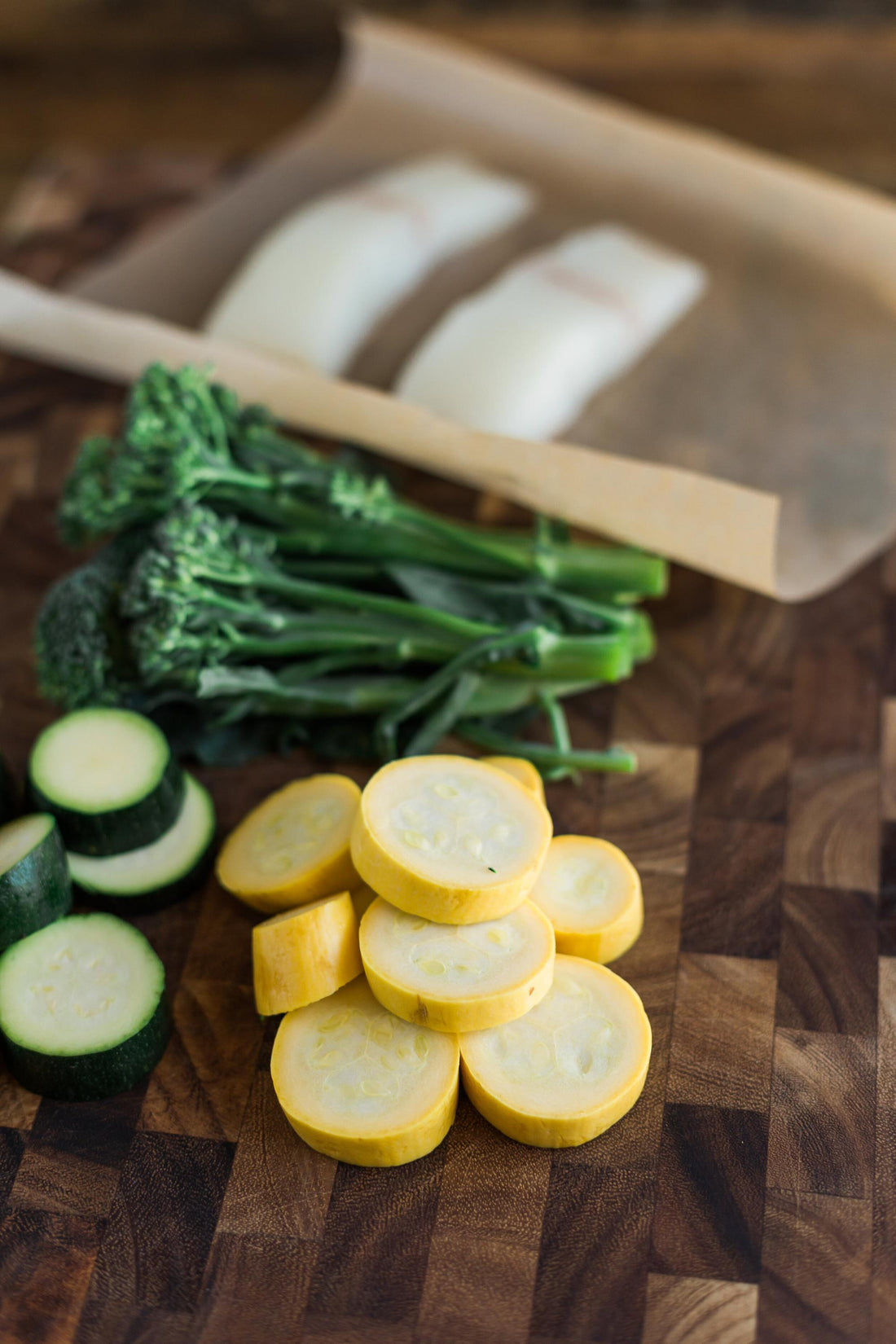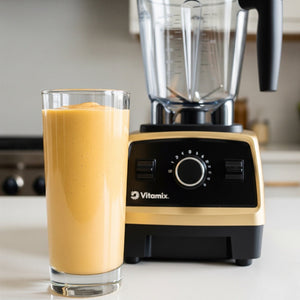
This one simple trick can help you make the most of your groceries.
When it comes to planning and preparing healthy and delicious meals, one of the main ingredients is delicious, high quality, fresh (or frozen) produce. You may have a fully stocked pantry, but if your fresh fruits and veggies go bad before you can use them, your meals will be lackluster. In order to enjoy fresh fruits and vegetables with the highest nutritional value, focus on using them based on their respiration rate.
Respiration is the natural process through which fruits and vegetables use their own stored nutrients, like glucose and water, to maintain cellular function, keeping themselves alive. Once all their glucose is gone, wilting begins. This process begins at harvest time, so the farther and longer your produce has travelled to get to you, the more nutrients have already been lost through respiration. Fruits and vegetables have varying respiration rates, making it possible to take advantage of this process and use fast respirators before slow ones. In this way, you can eat your produce when it has the most amount of nutrients.
Here are a few examples of fruits and vegetables with low to high respiration rates:
-
Very Low: Dates, dried fruits and vegetables, nuts
-
Low: Apple, beet, celery, cranberry, garlic, grapes, honeydew melon, onion, papaya, potato, sweet potato, watermelon
-
Moderate: Apricot, banana, blueberry, cabbage, cantaloupe, carrot, celeriac, cherry, cucumber, fig (fresh), gooseberry, lettuce (head), nectarine, olive, peach, pear, pepper, plum, potato (immature), radish (with tops), summer squash, tomato
-
High: Blackberry, carrot (with tops), cauliflower, leeks, lettuce (leaf), lima beans, radish (with tops), raspberry, strawberry
-
Very High: Artichoke, bean sprouts, broccoli, Brussels sprouts, endive, green onions, kale, okra, snap bean, watercress
-
Extremely High: Asparagus, mushroom, parsley, peas, spinach, sweet corn
Rather than memorizing this list (though if that’s your thing, more power to ya!), an easy rule of thumb is to use things without a peel first. Broccoli, spinach, berries, and mushrooms are all examples of things you can plan on using first. Then turn to those items with some sort of peel or thick skin, like watermelon, sweet potatoes, or squash.
Certainly this is not the only way to plan your meals, but it’s something to consider, especially if you find your produce going bad often. No one likes spoiled groceries! This is a simple way to decide how and when to use your fruits and veggies so that they taste the best and provide you and your family with the highest nutrition.
Article inspired and originally published on mbg: This Is The Order In Which You Should Eat The Produce In Your Fridge






